I am very frustrated with the fact that the E and B field of an EM wave are in phase in the far-field case.
Before I get into this question I am letting you know that I already read this link related to my question, but it didn't really help me so much.
First, I know that an EM wave propagates as shown in the GIF below.
But, how are E and B field in phase? According to Maxwell's equation #3 and 4, we know that the change of E field induces B field, and vice versa. I also attached these equations below. I deleted the J term since we are talking about the far-filed analysis which lets us ignore the B field induced by the current flowing, J, in the wire.
Let's assume that the wave propagates along the x-axis. According to Maxwell, when there is a maximum E filed occurs (dE(t)/dt = 0) at a given point, x0, a minimum B field (B=0) should occur at the point. This should result in 90° phase difference between E and B field.
I know that we can calculate and prove that the EM wave propagates at a speed of light from Maxwell's equation #3 and 4 as shown below (source).
But the problem is that I don't know how to solve partial derivative equations (PDEs), and also I want some visualizations to understand this phenomenon better.
Is there any easy way to visualize why it is like this without solving PDEs?
Thank you.


